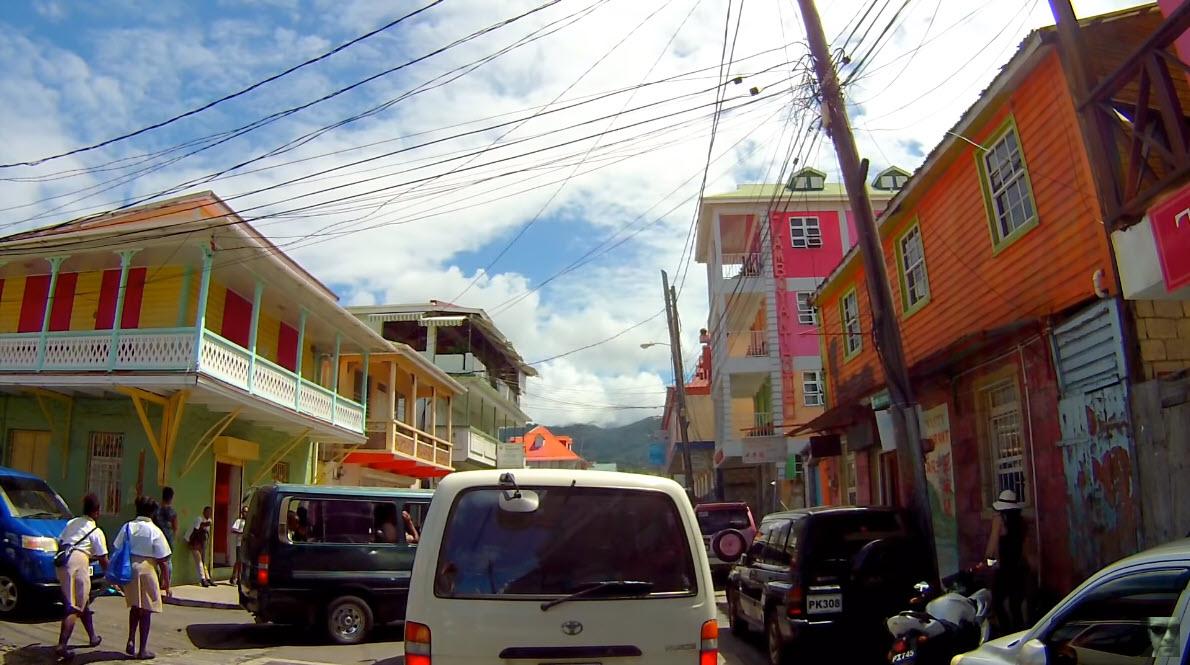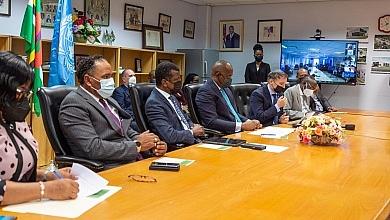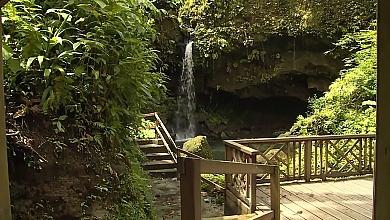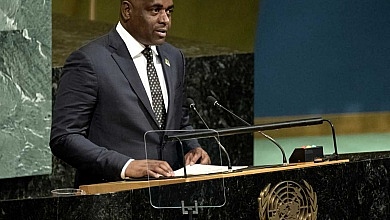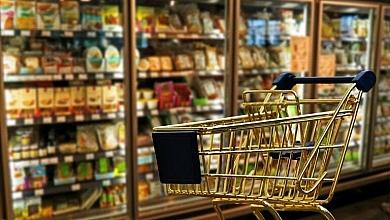Transforming Dominica’s Front Porch to a Livable City
Urban livability takes into consideration the city in the mind versus the city on ground. It is the relationship between city users and their urban surroundings. A city should satisfy the physical and psychological needs and wants of its users, while encouraging economic development, innovation, technological advancement and employment opportunities. Though critics may highlight the disadvantages of urban development such as ecological footprint and increased pollution, sustainable urbanization nullifies these ideas. Therefore, cities need to be sustainable and livable. Livable cities utilize all-inclusive technologies and designs, hence creating a barrier-free environment. Their physical environments support an aesthetically-pleasing, healthy, and productive lifestyle as both a place and a space.
Our capital city Roseau is overflowing with the potential to become a sustainable and livable city. Optimistically, a town of its kind can be easily revitalized because of its small scale and proximity to essential resources. This revitalization and its infrastructure shall not be divorced; nor shall the social and the economic implications be considered in isolation. While horizontal ground level variation in land use is more often considered in some large cities, the density of Roseau provides an opportunity for vertical variation. If the challenge is the displacement of the city’s residents, can mixed-use development accommodate intentional commercial ground floors with residential units above? This not only retains the urban inhabitancy for these residents that fear displacement, but also increases the opportunity for sustainable economic activity. Implementation will only be possible through thoughtful application, and more importantly, enforcement of codes, which can result in a safe, feasible fabric of mixed-use buildings, open space and landscape that can restructure the town.
The previously highlighted suggestion provides a great set up to speak to street and building relationships. Not only does elevated residences eliminate the front-door privacy battle in the city, it also provides for a more flexible relationship between the streets, curbs, sidewalks, and buildings. This street interface will have an influence on the pedestrians’ experience of the city as well as their perception of space – larger sidewalks make streets seem bigger. This will allow streets to not only act as dividing lines within the city, but also as communal rooms and passages. To further enhance the physical urban fabric of the city while creating aesthetic and land use divisions, different types of materials can be used for street development. Apart from their high durability, cobblestone streets project a more relaxed and slower-paced impression on the street user. Here, the opportunity to develop streets that are walkable, cyclable and conducive for wheelchair use is created. This then promotes a healthy and productive lifestyle, boosting overall morale of citizens.
In order to accommodate this, we must significantly reduce vehicular traffic within the city. The first step would be to provide parking structures strategically placed on the outskirts of the city centre. These structures should be environmentally and financially sustainable, achievable through renewable energy and parking fees respectively. In doing so, a scheduled shuttle system into the city centre from these areas will further stimulate the economy through standardized bus fares. Buses would be equipped with Point of Sale machines to facilitate non-cash transactions, to which the elderly and disabled may be exempt. These buses should be wheelchair accessible and user friendly for the visually impaired. Public transportation can be energy efficient by utilizing biofuels or any other source of renewable energy.
The Botanic Gardens and Peeble’s Park are two of the few open spaces remaining in our city. Efforts have been initiated in the form of a national reforestation project, with the goal of one million trees islandwide. As a next step, what if we seek towards intentional green spaces – ones geared at achieving social sustainability. It is often understated and overlooked how this aspect of sustainability is rooted in equal rights and equal access to public land, resulting in a healthy, livable, and aesthetically pleasing town. Even beyond the public realm, there is an opportunity for a policy to be implemented that would require developers and building owners to incorporate mandatory green spaces of a relative percentage to their building footprint. This could be in the form of courtyards, terraces, roof and/or vertical gardens, and would result in climatic comfort while mitigating effects of global warming. The aesthetics of the city would then be enhanced.
While finance and human resource restraints are acknowledged, it is of the belief Roseau is booming with the potential to become a sustainable and livable city. In our quest for resilience, these steps ought to be given priority as our city is comparable to the front porch of one’s home.
This article is copyright © 2020 DOM767





